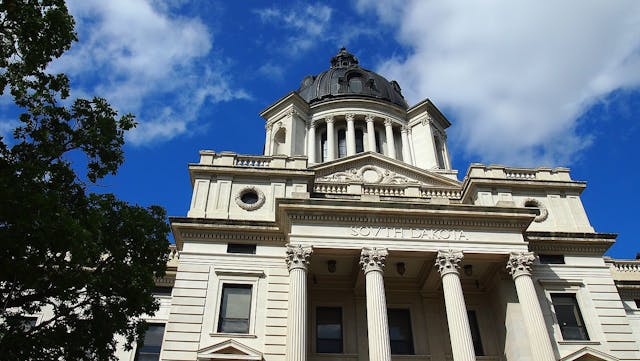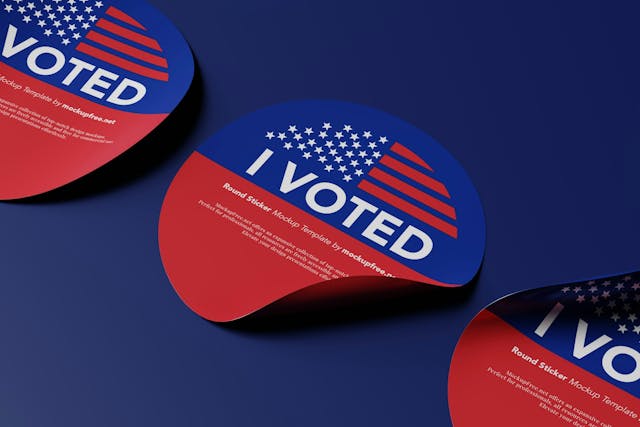No Party Preference Registration in Calif. Inches Closer to GOP Registration

The new California voter registration numbers are in and No Party Preference (NPP) registration has once again hit an all-time high. According to the 60 Day Report of Registration ahead of the general election, the number of independents has increased to 23.08 percent of the population -- up 321,225 voters from the last report.
At this time in 2012, Republicans made up 30.11 percent of the voting population while Democrats made up 43.33 percent of the electorate. Today, Republicans make up 28.23 percent of voters, a consistent decline while the number of voters not registered with either major party continues to climb.
As previously reported on IVN, if current trends continue, independent voters couldoutnumber Republicans by 2024.
The number of registered voters classified as "Other" (made up of a mixture of independent voters and members of unqualified third parties) dropped from 2.59 percent in May to 0.83 percent in September (a decline of over 300,000 voters!). Statistically, these voters were much more likely to not affiliate with any party -- major or minor.
However, one thing to consider from the latest report is that as the number of voters registered with the American Independent Party (AIP) has barely budged and continues to make up approximately the same percentage of the electorate (2.69%), the number of independent voters may actually be higher than indicated in these reports.
Voting trends among those registered under AIP suggests that as much as 90 percent of these voters don't agree with the principles of the minor party, which can be best described as ultra conservative, and may simply be confused by the name.
With the midterm election only 40 days away, the growing number of NPP or independent voters will have a major impact on elections state-wide and at all levels of government. More and more, candidates on the ballot have to be willing to appeal to a broader segment of the electorate if they want to win elections and keep their seats.
Photo credit not attributed


